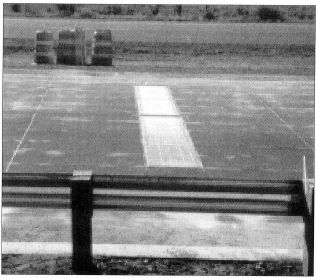
Today, sensor technology proposes several types of weigh-in-motion systems (WIM), already sufficiently tested for their efficiency, accuracy and cost-effectiveness. Current technologies of piezoelectric systems, capacitive mats, bending plates, load cells and fiber-optics are reviewed. This research explores the potential applications of the available weigh-in-motion sensor technologies with respect to their technological characteristics, compares the main sensor technologies and their performance, and proposes a framework for their integration within information systems for the efficient management of road infrastructure. The implementation of an efficient information flow developed in parallel to the vehicle traffic flow, where information collected at the weigh-in-motion stations is transferred automatically to the local and central information hubs for -simple or advanced- real-time processing and consequent dissemination of the information, is the key component for the optimum exploitation of weigh-in-motion infrastructure.
| ID | pj18 |
| Manuscript | |
| DOI | |
| Tags | intelligent systems, logistics, road infrastructure, traffic management |






